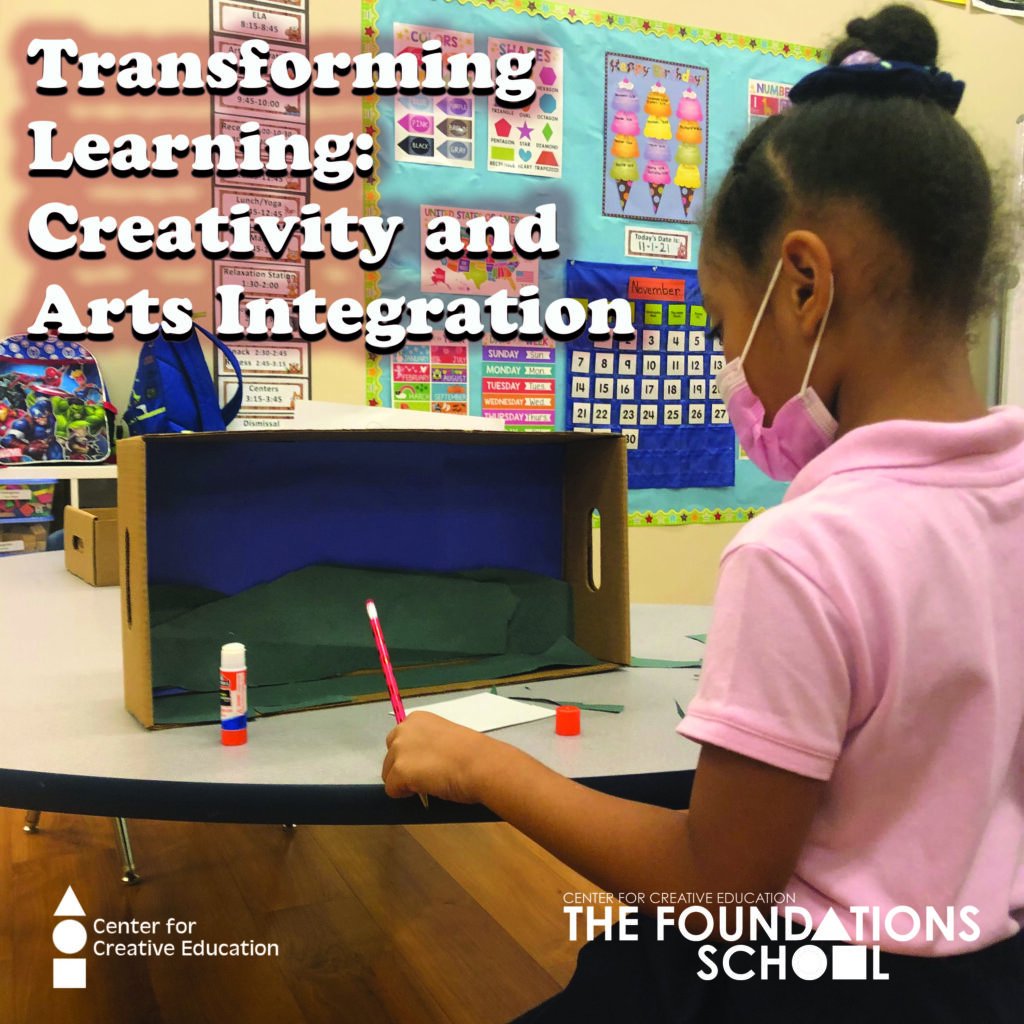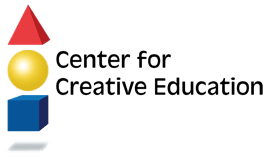Transforming Learning: Creativity and Arts Integration

There are some things that make The Foundations School different than other institutions. In our new series Transforming Learning, we are going to dive deep and explore each of the points that set us apart. Our first point is a big one: we practice creativity and arts integration.
Let’s break this down. What is arts integration? And what does it mean to practice it in daily education?
Arts integration is an approach to core curriculum—such as reading, math, science, and social studies—that uses the arts as a vehicle for learning. It’s not as simple as teaching a music class or an art class. It’s teaching students new vocabulary words by having them design a costume based off the word. It’s using silk painting techniques to show the different parts of the cell. In these lessons, students enhance their knowledge of both the core curriculum concept and the artistic skill.
“By using arts integration, you’re reaching the children in more than one way with the content,” one CCE staff member said. “It reinforces what they’re learning, it allows them to go more in-depth, it allows them to express themselves.”
Arts integration engages and empowers students, develops critical-thinking and problem-solving skills, and gives kids more freedom to find an approach to learning that works for them. With a curriculum that focuses on creativity, students are excited to come to school. They’re excited to learn. And the knowledge they gain through this hands-on learning will stay with them for a long, long time.
